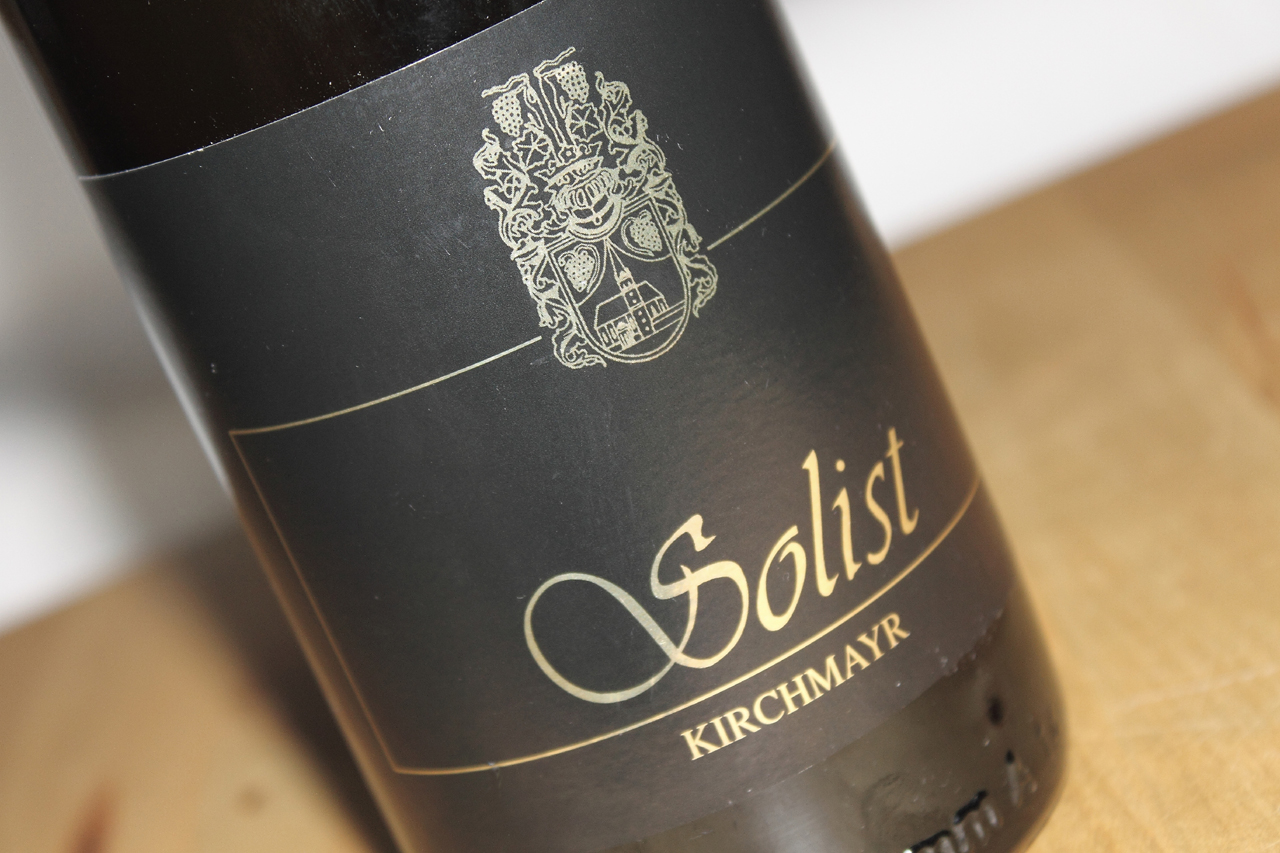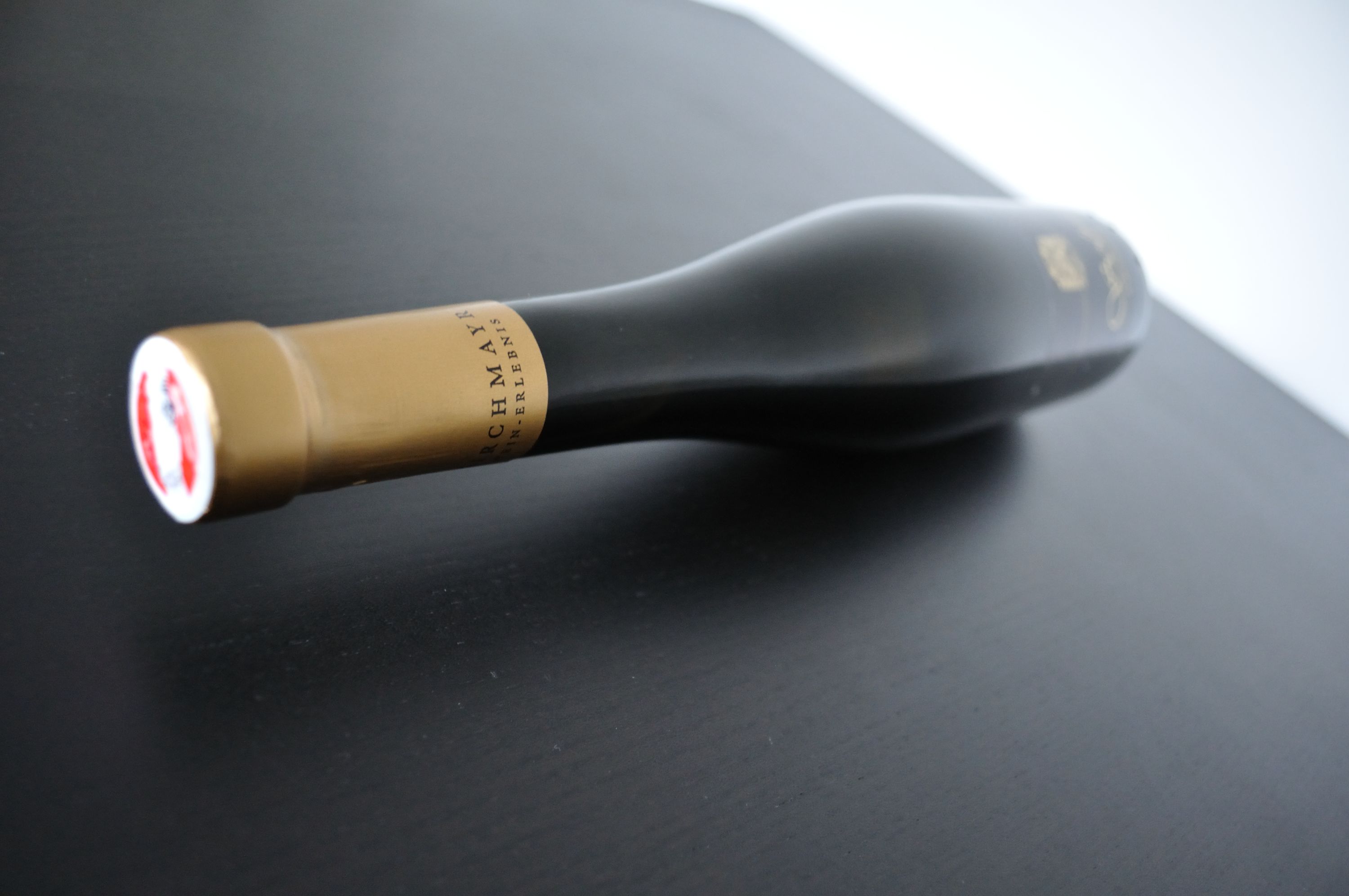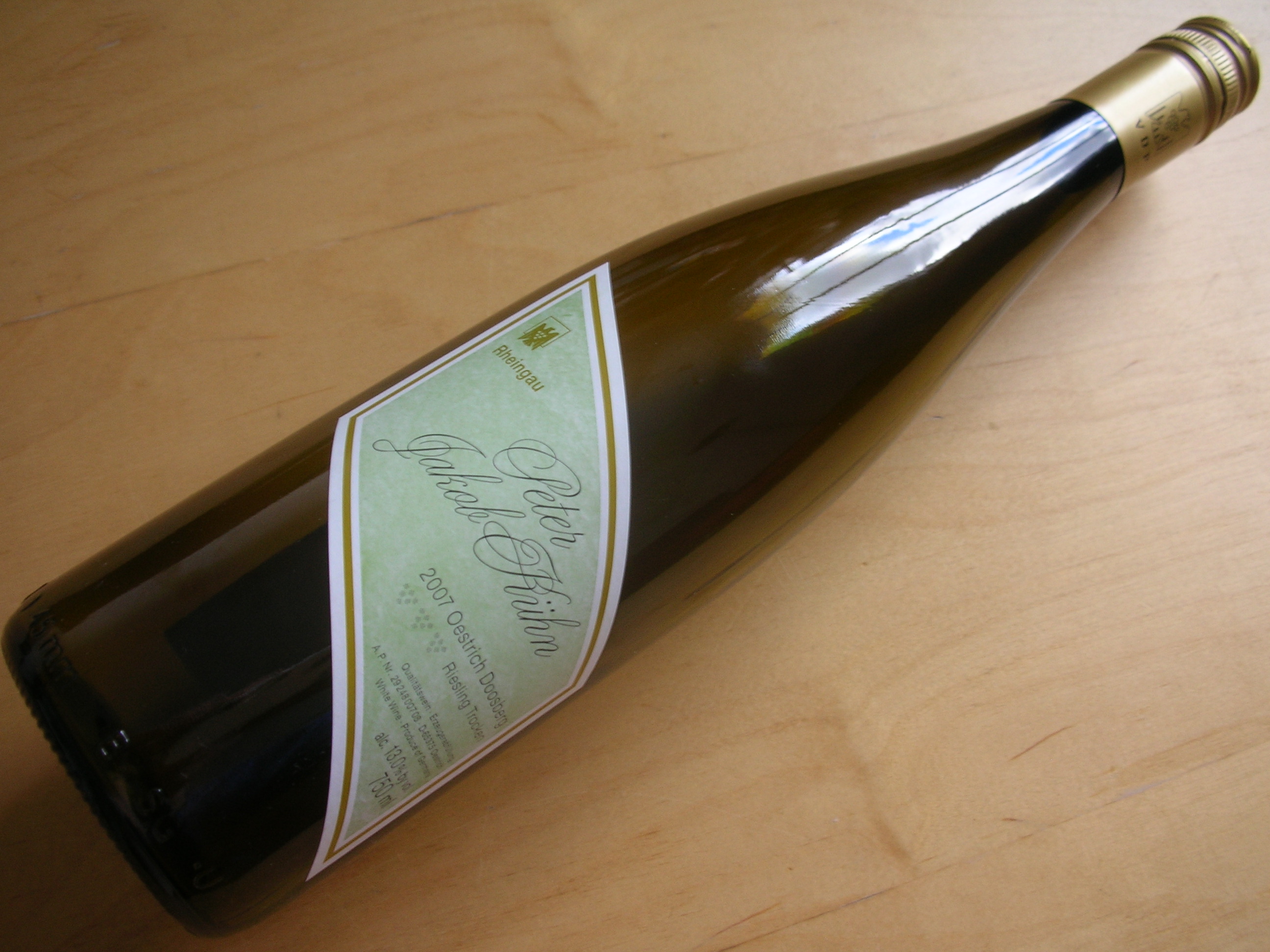Zehnthof Luckert, Spätburgunder ***, 2006
The German tribe of the Franconians do appear to have been geographically misplaced by providence. Not only are they the Protestant outsiders in deeply Catholic Bavaria, they are also a winemaking tribe in a state known mostly for its beer. Perhaps this is why they aim to make up for it by being more distinctive, for instance with their oddly shaped Bocksbeutel wine bottles. Most winemakers use these as a proud statement of origin - not so the Luckert brothers.

Even some of their Franconian signature Silvaner wines ship in standard bottles, and the bottle of the top of the range Pinot Noir looks a little more Burgundian than Franconian - a stylistic message in a bottle shape?



 But sometimes, just sometimes, you hit if off immediately. That night, I fell for grower champagne hook, line and sinker, and it's all thanks to Pierre and Sophie Larmandier from Vertus, Champagne.
But sometimes, just sometimes, you hit if off immediately. That night, I fell for grower champagne hook, line and sinker, and it's all thanks to Pierre and Sophie Larmandier from Vertus, Champagne.




